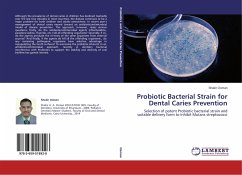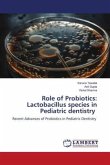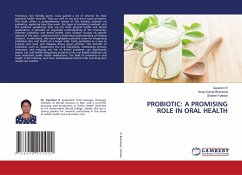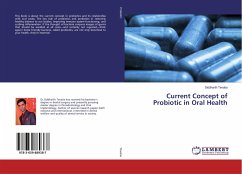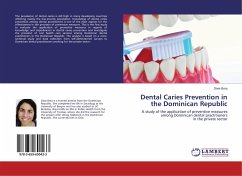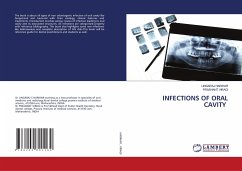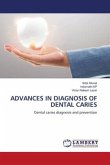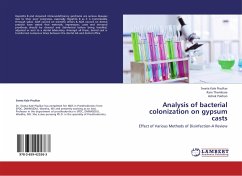Although the prevalence of dental caries in children has declined markedly over the last two decades in most countries, the disease continues to be a major problem for both children and adults everywhere. In recent year's management of dental caries moved toward an antibiotic/antimicrobial model of disease prevention. This approach, however, raises serious questions: Firstly, do the antibiotic/antimicrobial agents (chlorhexidine, povidone-iodine, fluoride, etc.) kill all offending organisms? Secondly, if so, do the agents preclude the re-entry of the same organisms from external sources? And finally, if the agents do kill all the offending organisms , do any remaining pathogenic organisms have selective advantage in repopulating the tooth surfaces? To overcome the problems inherent in an antibiotic/antimicrobial approach, recently in dentistry bacterial interference with Probiotics to support the stability and diversity of oral biofilms has gained interest.
Bitte wählen Sie Ihr Anliegen aus.
Rechnungen
Retourenschein anfordern
Bestellstatus
Storno

